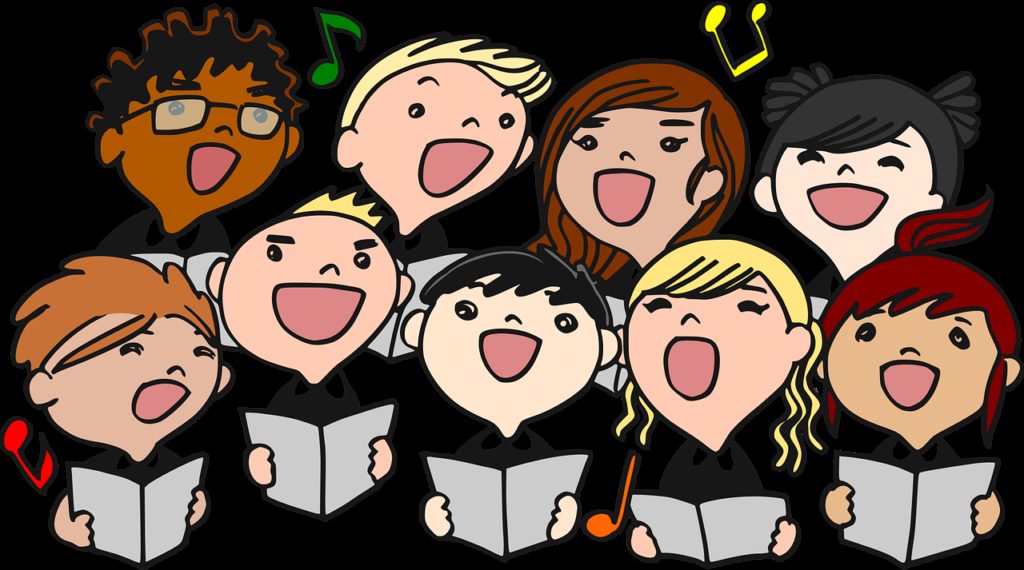Shapes notes act as a moveable Do system. Namely, Do serves as the tonic (or first note) of any major key.
The first example above shows shape note sight singing in the key of C major. Shape notes differ from standard sheet music by having noteheads with different outlines.
In other words, each note of the major scale has its own shape. Therefore, each solfege syllable also has its own shape:
- Do = upward triangle
- Re = cup shape
- Mi = diamond shape
- Fa = downward triangle
- Sol = oval
- La = rectangle
- Ti (or Si) = shield shape
The second example is in the key of D major. It shows how the shapes remain the same for the solfege syllables even when the notes change.
All the interval relationships remain the same. However, now all the notes sound one step higher.
This is the big advantage of shape notes over standard sheet music. The singer does not need to analyze the music to know which note Do, Re, or Mi stands for. The notation provides this information, because the solfege syllables always get the same shapes.
As you sing along with the sound tracks, say the solfege syllable name written under each note in the music examples.
The song tracks use synthetic voices rather than actual voices. Research has shown that this will help with the ability to identify and produce absolute pitch information. For more information, read Why Use a Synth Voice Instead of Real Voices.


